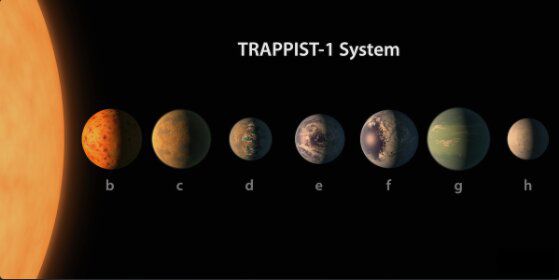Spitzer Space Telescope | 17 Jun 2019
After nearly 16 years of exploring the cosmos in infrared light, NASA's Spitzer Space Telescope will be switched off permanently on 30th January, 2020.
- The Spitzer Space Telescope is the final mission in NASA's Great Observatories Program - a family of four space-based observatories, each observing the Universe in a different kind of light.
- The other missions in the program include the visible-light Hubble Space Telescope (HST), Compton Gamma-Ray Observatory (CGRO), and the Chandra X-Ray Observatory (CXO).
- The Spitzer Space Telescope was launched in the year 2003. It is a space-borne, cryogenically-cooled infrared observatory capable of studying objects ranging from the Solar System to the distant reaches of the Universe.
- It captures infrared light, which is often emitted by 'warm' objects that are not quite hot enough to radiate visible light.
- The telescope revealed a new ring around the planet Saturn. In 2017, the telescope also revealed the presence of seven rocky planets around the TRAPPIST-1 star.

- TRAPPIST-1 is a planetary system, located 12 parsecs away from the Solar system (39 light years), and is 12 times less massive than the Sun and only slightly larger than the planet Jupiter. There are at least seven planets orbiting the star.
- NASA's James Webb Space Telescope, set to launch in 2021, will study the universe in many of the same wave-lengths observed by the Spitzer.
